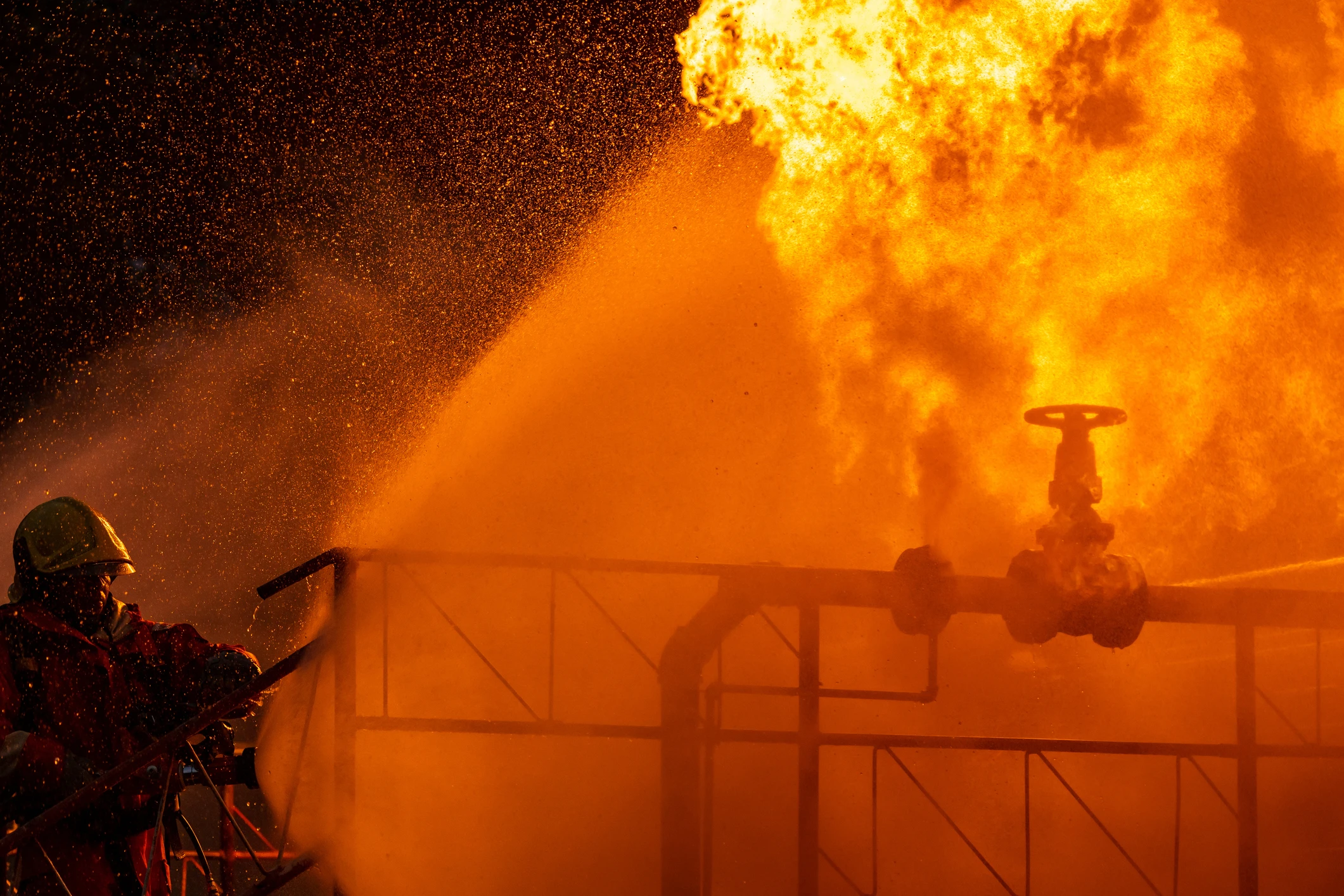Interior fire training simulators are tools used to train firefighters in simulated fire scenarios within
controlled environments. These simulators replicate various aspects of real-life fire incidents,
allowing firefighters to practice their skills, decision-making abilities, and teamwork in a safe and
controlled setting. These simulators typically include features such as:
- Fire Scenarios: Simulated fires are created using controlled flames, smoke generation systems, and heat sources. These scenarios can mimic different types of fires, such as structure fires, vehicle fires, or industrial fires.
- Realistic Environment: The training environment often resembles actual indoor spaces like buildings, rooms, or compartments. This realism helps firefighters become familiar with navigating through confined spaces, handling obstacles, and understanding fire behavior in enclosed areas.
- Safety Measures: While the fires are simulated, safety measures are in place to ensure that trainees are not exposed to unnecessary risks. For example, heat-resistant materials, ventilation systems, and emergency shutdown procedures are incorporated into the simulator design.
- Controlled Parameters: Instructors can control various parameters such as fire intensity, smoke levels, and the spread of the fire. This allows them to tailor the training experience to match the skill levels of the trainees and gradually increase the complexity of scenarios as they progress.
- Feedback Systems: Feedback mechanisms such as cameras, sensors, and monitoring tools are often integrated into the simulator. These provide real-time feedback on trainee performance, allowing instructors to assess their decision-making, communication, and firefighting techniques.
- Training Exercises: Firefighters engage in various training exercises within the simulator, including search and rescue operations, fire suppression techniques, victim extraction, and coordination with team members.
- Learning Opportunities: The simulator environment offers valuable learning opportunities, allowing firefighters to practice critical skills like using firefighting equipment, understanding fire dynamics, implementing fire safety protocols, and conducting risk assessments.
Overall, interior fire training simulators play a crucial role in enhancing the preparedness and
effectiveness of firefighters by providing realistic and immersive training experiences without the
inherent dangers of live fire scenarios.

Contact us
for your live fire training needs!
